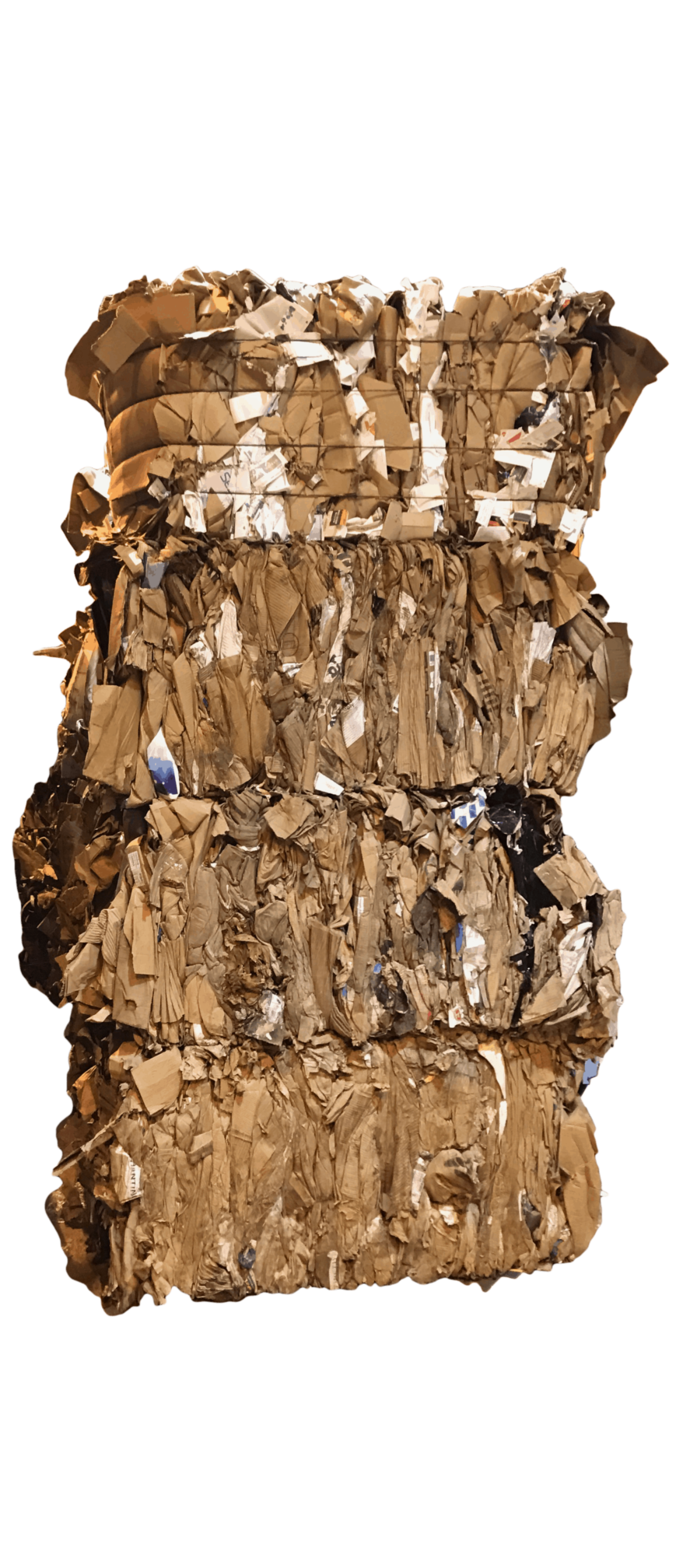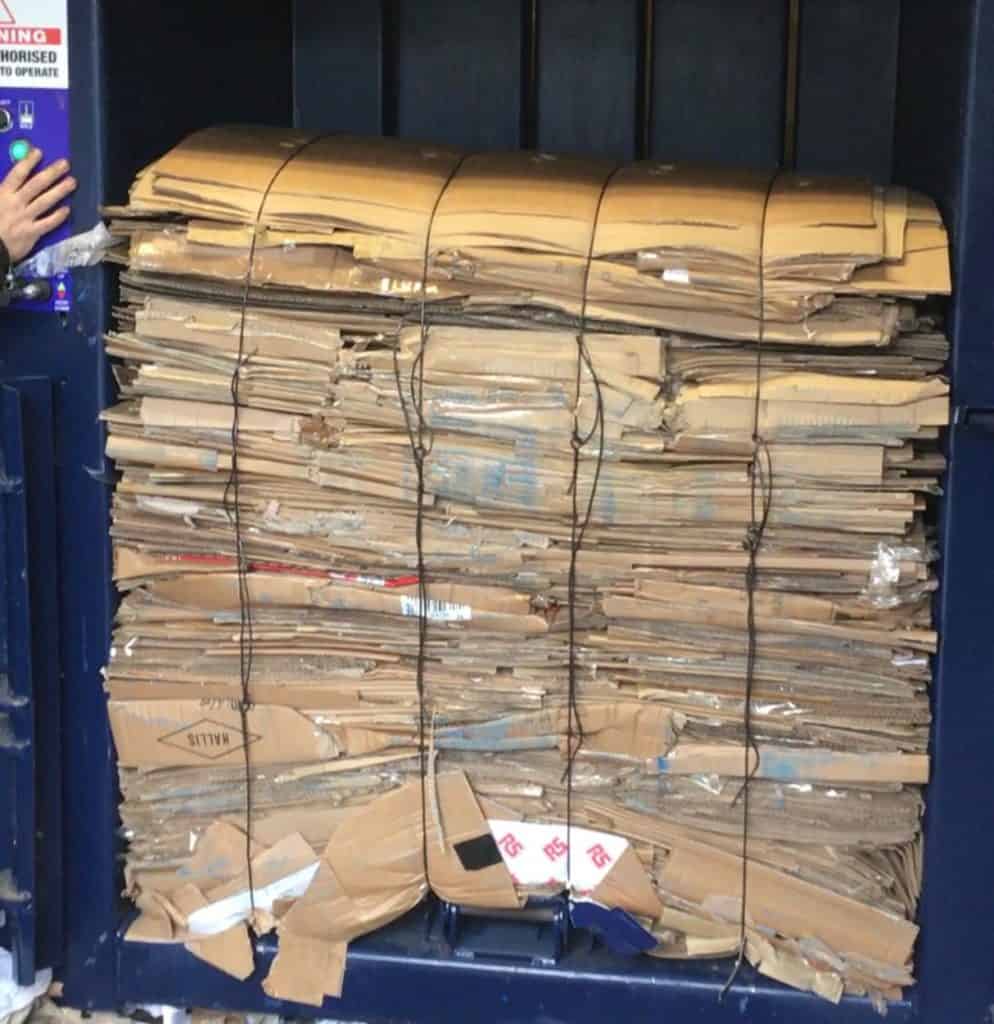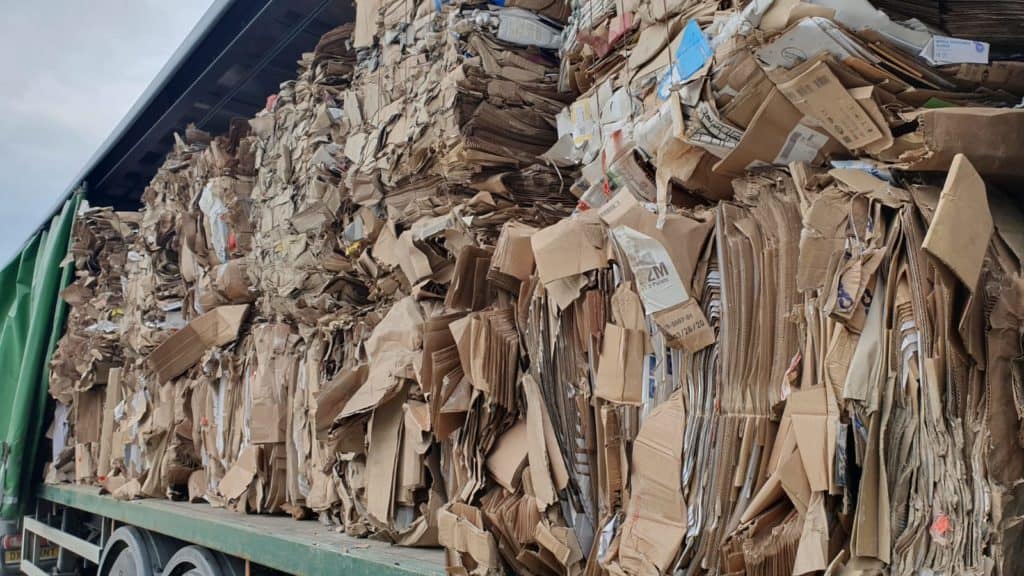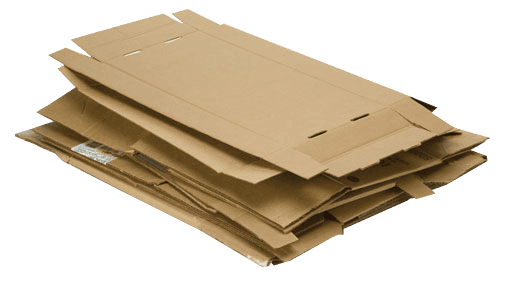the 6 stage process
stage 1: sorting and shredding
The first step in the six-stage recycling process is to sort and shred the cardboard. The right preparation must take place before all items can continue on the rest of the process.
When cardboard gets taken for recycling, there must be a distinction that takes place between thin cardboard and corrugated ones used for boxes. Sorting the cardboard is essential because there are so many different types of cardboard construction out there. And only some of those types can get recycled into particular products.
Once the cardboard gets sorted, it must then get shredded into smaller, more manageable pieces. After all, the recycling process for a 20-feet long sheet of cardboard can be challenging, whereas shredded cardboard is so much easier to handle for both machines and humans.
Did you know that some of the shredded cardboard is taken away and gets used as a recycled product in itself? Some companies sell “cardboard void filler” so consumers and businesses alike can better protect items in transport. As you might have guessed, the cardboard void filler is shredded cardboard.




